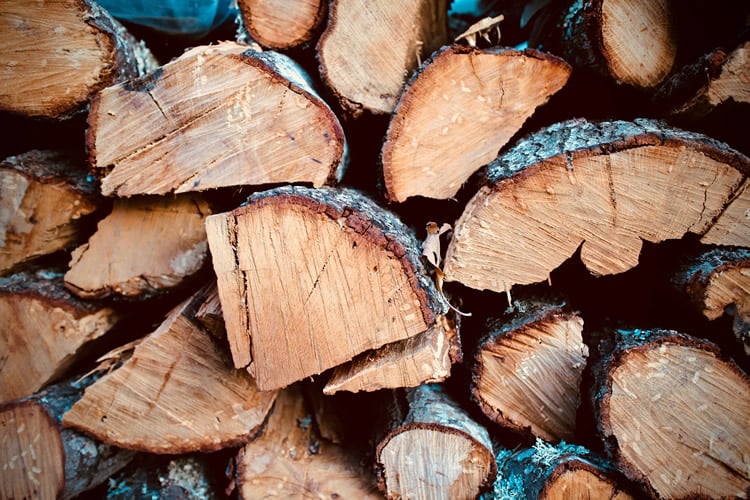Protection
Thank you for reading this post, don't forget to subscribe!Preparing to saw
Just as with most jobs around the garden, preparation is key – make sure you have everything you need before you start.
If cutting tree trunks, it’s best to cut them into manageable
lengths before you start to log. Trunks under one metre are easy to move and
keep stable. Mark the trunk where you want to cut with chalk or marking spray.
Using a sawhorse or support will stop you from cutting
through into the ground and blunting or damaging the chain. The sawhorse will also
allow you to cut the wood at a comfortable height and give better accessibility
whilst sawing.
Using lifting tongs can help when moving heavier trunks and
make sure the wood is tightly in place before cutting, use a wedge or small
pieces of wood to secure it if necessary. Protect your feet from falling sawn-off
pieces of wood.
If you are cutting the wood on the ground, use wedges to
hold the trunk in place so it cannot roll away from you. Cut through to the three-quarter
point, as sawing all the way through will increase the chance of cutting into
the ground. You can use a lever or breaking bar to turn heavier logs, but make
sure they are securely wedged again before completing the cut on the other side
of the log.
Always measure the size of your fireplace or wood burner; it’s a lot of effort to have to trim off logs if they are too big for purpose. Smaller
logs are easier to stack and dry out quicker. Wide diameter logs will need to
be split with an axe or log splitter to acquire a suitable size for burning.
We recommend
27cm
Plastic Felling Wedge – £14.48
Husqvarna
Lifting Tongs 20cm – £33.05
Budget
Saw Horse – £26.99
Mitox
Saw Horse with Chainsaw Holder – £78.98
Portek
Charger Quiksplit Electric Log Splitter – £599

Storing Firewood
Once you have successfully sawed your firewood it is important to store it away from rain and moisture. Wood can benefit from being stacked on pallets to reduce absorbing moisture from the ground. Sunlight and wind play an important role in drying out wood, leaving enough space around each log will help the firewood dry out more effectively. Wet logs should be stacked as loosely as possible without risk of the pile collapsing, this will allow the wind to reach as much of the surface of the log as possible.
